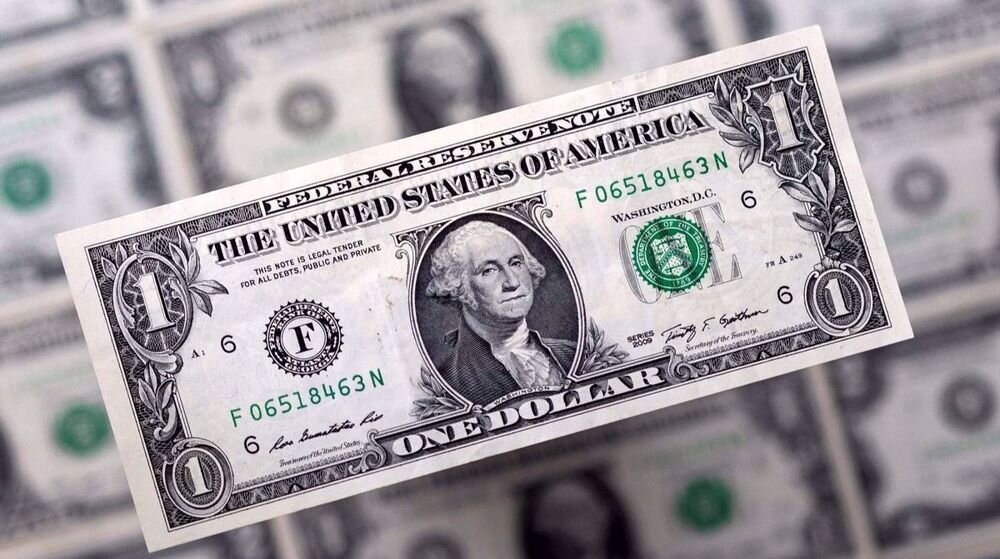Avi Chai Outmezguine is CEO of Becausal, powering next-generation audience intelligence through causal AI-driven data innovation.
When you pick up a bottle of champagne, the first thing you look for isn’t the bubbles—it’s the label. Where did it come from? Who made it? Is it authentic?
In luxury goods, provenance is everything. In adtech, it’s about to be the same.
Throughout my career, I’ve built systems where the trust of markets, consumers and regulators was the centerpiece. Today, as the CEO of Becausal, I’m using the same principles of transparency and accountability to data itself—making trust measurable, not just promised.
This article argues, based on my experience, that measurable trust—built on accountability and integrity—can rebuild confidence in a market that urgently needs more of it and drive sustainable growth in a world that now rewards proof over promises.
The Hidden Problem No One Wants To Admit
For years, the digital advertising industry has been running on an assumed truth: If the audience looks right, it must be right.
But now, we’re at an inflection point: The audience data that fuels campaigns is under unprecedented scrutiny. This closer look has revealed that too often, datasets are unverified, stitched together from unknown sources or drifting into compliance gray zones. The costs are real—wasted media spend, inflated CPMs and the steady erosion of consumer and regulator trust.
The Trust Deficit
The crisis of data provenance is, at its core, a crisis of trust. Consumers no longer just want personalized experiences—they want to know why they’re seeing what they see. Regulators are enforcing that same question through laws like Europe’s Digital Markets Act and California’s Privacy Rights Act. And inside the enterprise, brand leaders are facing a new kind of accountability: boards and CFOs asking, “Can you prove your data is real?”
When that answer is vague, trust evaporates—between advertisers and platforms, between brands and consumers and between marketing and finance. Provenance rebuilds that trust chain link by link. It turns a vague promise of “brand safety” into something demonstrable and defensible.
Why Provenance Is The New Currency
The next currency of growth is provenance. Data provenance means more than “where the data came from.” It is the receipt marketers need—proof of origin, handling and trustworthiness. It tells you not just what the data is but why it can be trusted.
CMOs must be able to defend audience strategies in the boardroom. CFOs demand verifiable ROI. Regulators are watching closely. In this environment, provenance is non-negotiable.
How Leaders Turn Provenance Into An Advantage
Provenance isn’t only a compliance story; it’s a growth strategy. Marketers who invest in verifiable data sourcing, auditable AI models and transparent measurement are discovering that trust converts. From what I see at Becausal, retailers and CPG leaders investing in high-integrity, privacy-compliant data are seeing stronger customer retention and higher lifetime value. This is a pattern consistent with McKinsey’s 2021 findings on customer lifetime value. Platforms that open their data lineage to clients are commanding premium pricing.
As with sustainability a decade ago, provenance begins as regulation and becomes reputation. The brands that treat it as a strategic asset (not a checkbox) will define the next generation of trusted media.
Technology is catching up. AI governance frameworks, model audit trails and data-provenance protocols are giving leaders the tools to prove authenticity at scale. The difference will be between companies that merely say they’re transparent and those that can demonstrate it.
We’ve seen this shift before. When consumer goods companies introduced SmartLabel, it transformed how shoppers evaluated trust, bringing ingredient transparency, sourcing and safety data directly to the package. What SmartLabel did for CPG provenance, the next generation of adtech must now do for data provenance: Make trust visible, verifiable and actionable at every touchpoint.
How To Turn Provenance Into Reality
Provenance isn’t purchased—it’s built. Transparency becomes real only when governance, traceability and verification work together. Provenance must evolve beyond documentation into a continuously verifiable framework for trust that scales across technologies and regulations.
1. AI Governance Frameworks
Effective governance starts with public standards for responsibility and documentation. The goal is for metadata to move seamlessly across systems and remain verifiable. Make sure that each dataset includes the source, consent type and usage rights before entering any model. These records are evolving toward self‑validating formats with embedded checks, turning governance from static declarations into continuous proof.
There are now several reputable public resources that show how organizations can demonstrate accountability and authenticity in AI systems. In the NIST AI Risk Management Framework, companies are offered a structured approach to document how data is collected, used and validated to support their compliance and integrity throughout the AI life cycle. Also, the OECD AI Principles—endorsed by more than 40 countries—emphasize transparency, fairness and human accountability as measurable criteria, making them especially valuable for organizations seeking internationally recognized benchmarks for trustworthy AI.
In Europe, the EU AI Act codifies these principles into regulation, demanding auditable documentation of model training data, explainability and human oversight—all vital elements of verifiable provenance. These frameworks together can guide companies toward a single standard—that AI governance must be evidence-based. They don’t just tell you to “be transparent,” they show you how to demonstrate it.
2. Model Audit Trails
Every model must show its work. Audit trails should track data inputs, variables and validation steps so each model can answer: What trained it? Who validated it? When was it last reviewed? Independent certification strengthens data integrity, and explainability layers extend traceability from inputs to causal accountability.
3. Data Provenance Protocols And Compliance
Provenance holds value only when it’s interoperable, persistent and enforceable. Be sure to maintain a verifiable chain of custody, integrating oversight tools to align with evolving privacy and AI‑use standards. Your data should carry its own rights, consent and quality proof, making transparency measurable.
Because transparency isn’t claimed—it’s proven.
The Bottom Line
The winners in this new market won’t be the ones shouting the loudest. They’ll be the ones who can show their work.
In the era of accountable AI and measurable data, provenance isn’t “marketing speak”—it’s the language of trust. When that happens, provenance won’t just win—it will be the only game in town.
Forbes Technology Council is an invitation-only community for world-class CIOs, CTOs and technology executives. Do I qualify?








